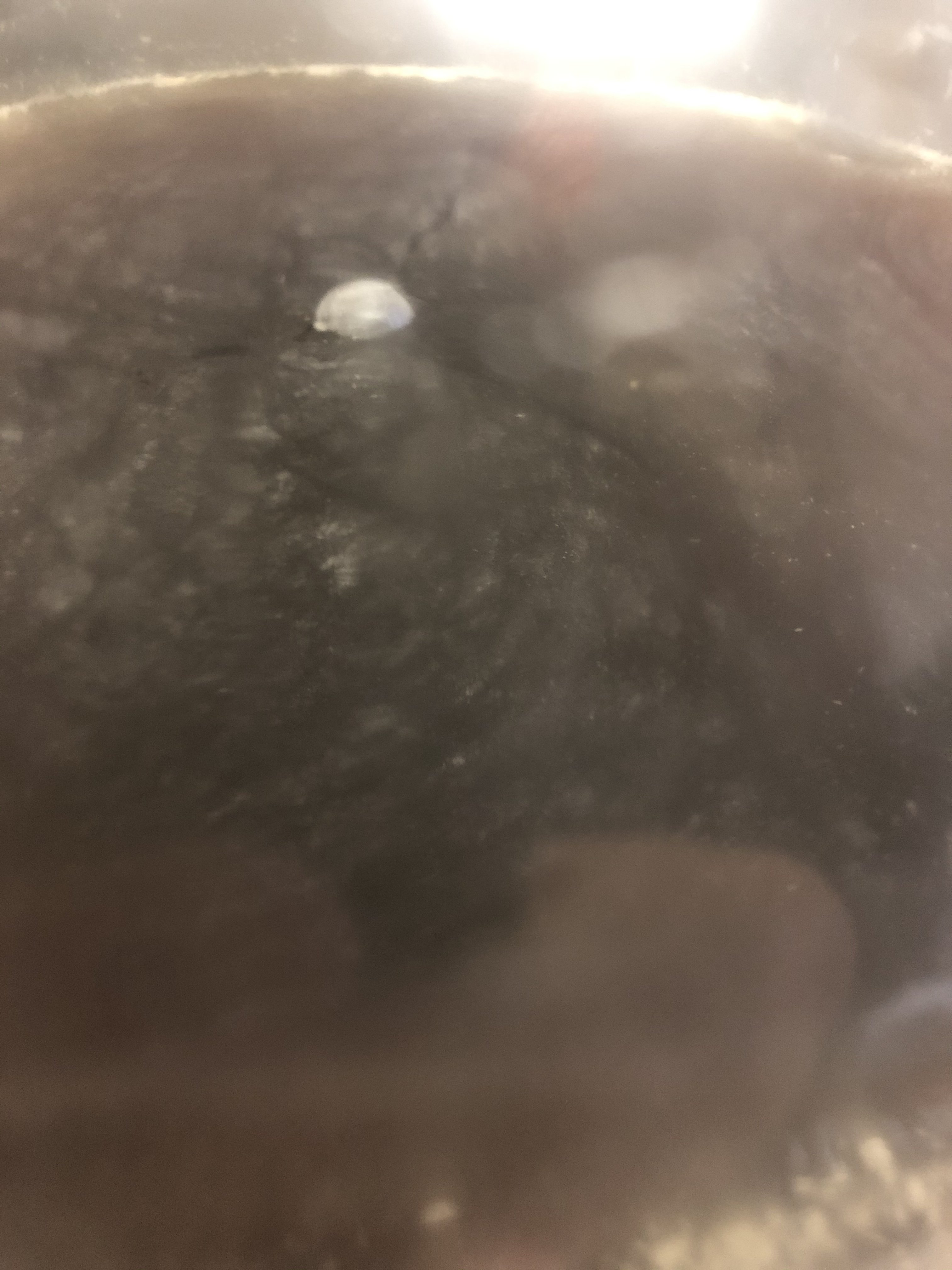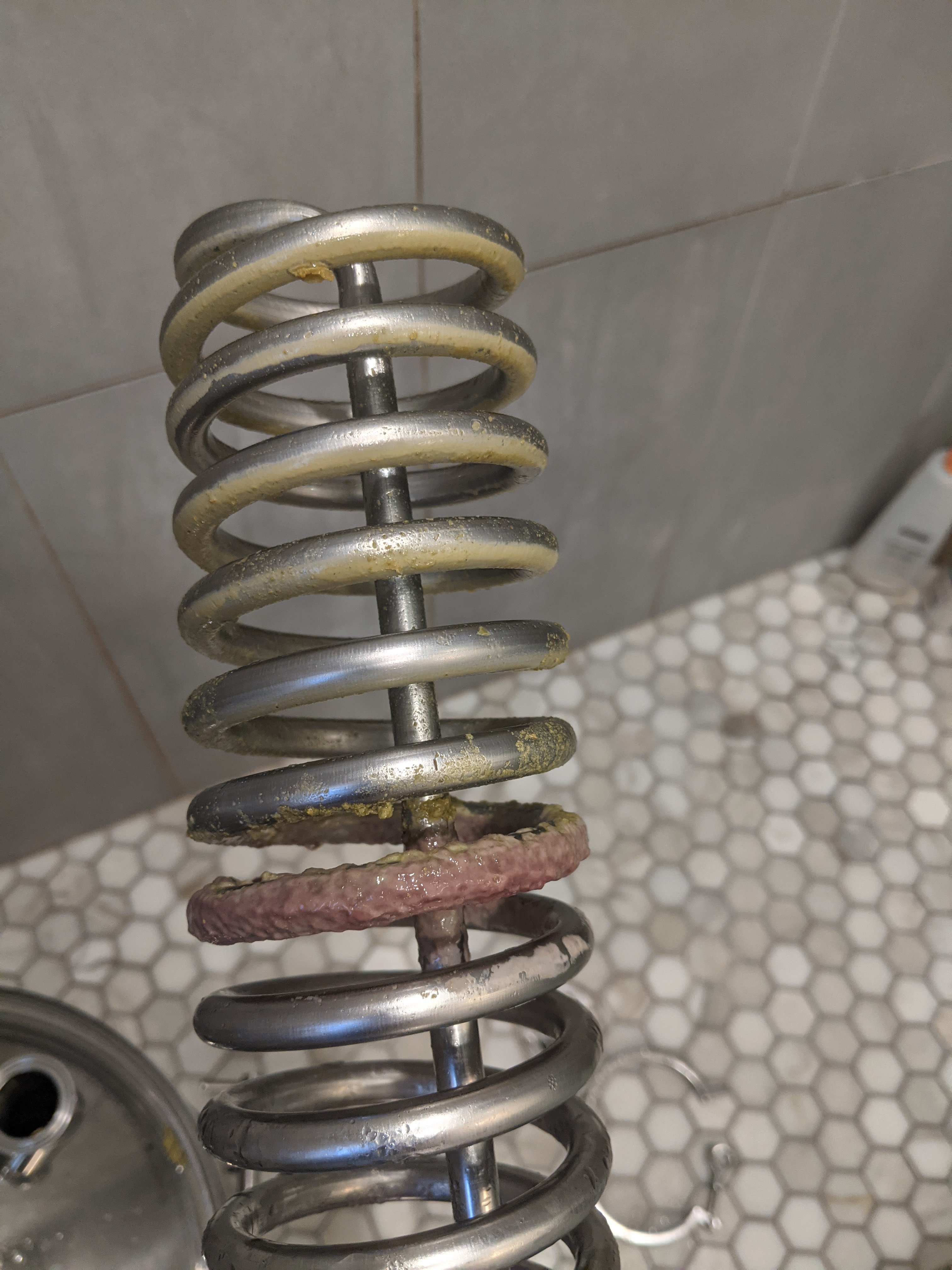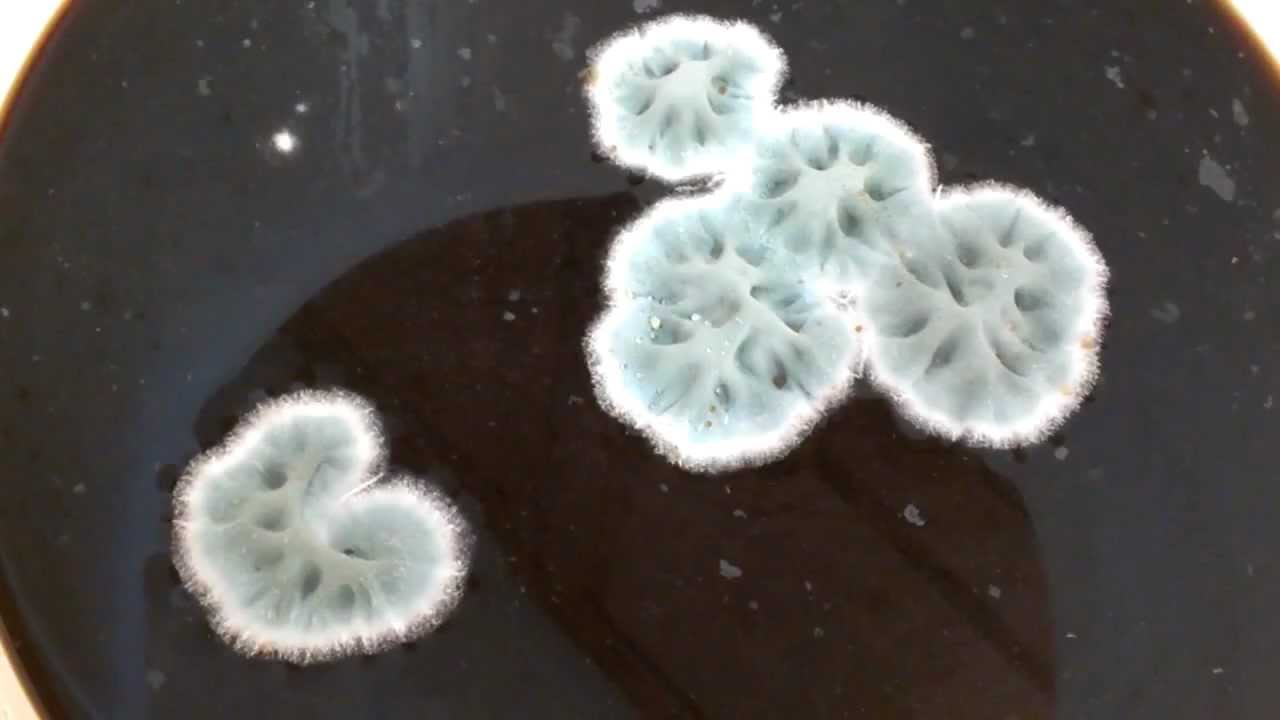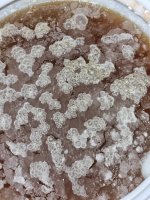If you can control your ferm temps for the first week, you're pretty much out of the woods for fusel alcohols.About two weeks ago, I tasted it and it was good but had some fusel alcohols, also didn’t have room in my fermentation chamber so it’s the first one to ferment in ambient room temperature air, which was quite swingy....
Use a swamp cooler, or a basin/tote/cooler filled with cold water. You can always add a few frozen water bottles to the water jacket each day to drop the temps a few more degrees.
I often ferment in my lower level bathroom using a large Igloo cooler, with enough water for the 2 buckets to just not start floating. 64F is easy to achieve, just drape a sleeping bag over the whole setup to keep the cold in.
If you opened your bucket, something could have dropped in or was there already and the air (O2) that filled the headspace allowed it to flourish.didn’t realize that something could take hold after it fermented out. So it could still have continue? Perhaps it happened when I swiped a sample...
Use good sanitation around the lid and rim area before opening. It's a bug trap.
You can take samples with far less intrusion than opening the lid:
- Clean/sanitize airlock area
- Remove airlock
- Take a 2' piece of skinny 5/16" OD tubing and snake it through the airlock hole, about a quarter to half way below the beer level (just estimate, not critical).
- Keep the end that's outside the bucket low by the ground/bottom and suck on that end until the beer flows. Yup, you'll get some beer in your mouth.
- Catch the flowing beer into a container of some sort (I use a quart plastic takeout container), enough for a hydro sample/taste.
- When you have enough, pull the end that's inside the bucket out in one swift motion, preventing any beer from flowing back.
- Replace airlock.




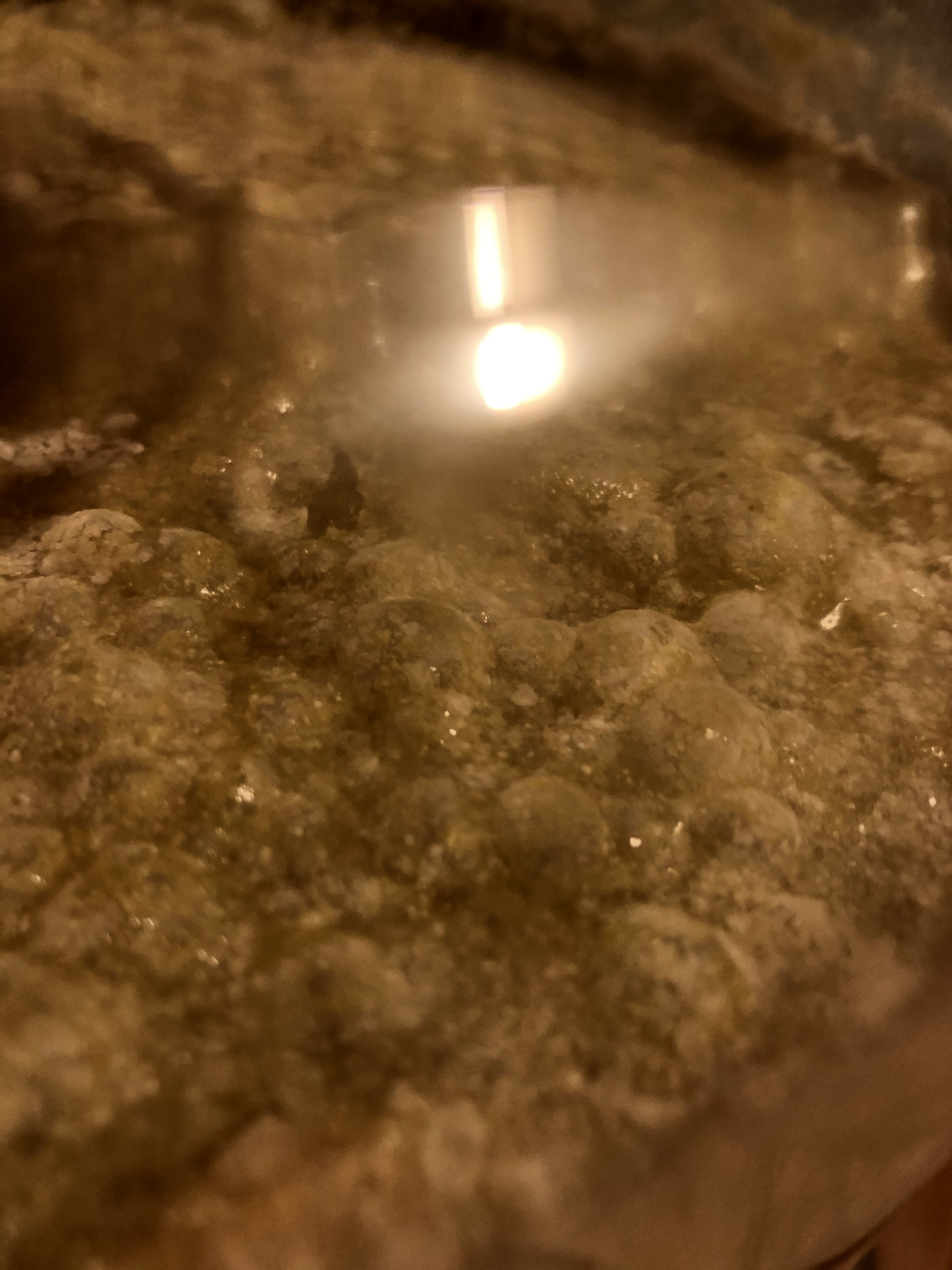


































![Craft A Brew - Safale BE-256 Yeast - Fermentis - Belgian Ale Dry Yeast - For Belgian & Strong Ales - Ingredients for Home Brewing - Beer Making Supplies - [3 Pack]](https://m.media-amazon.com/images/I/51bcKEwQmWL._SL500_.jpg)


























